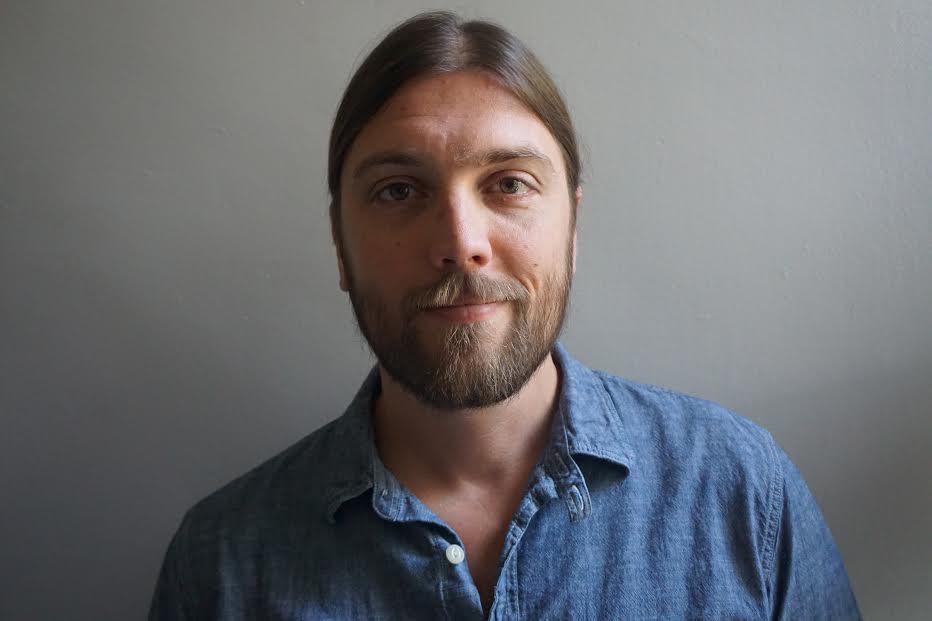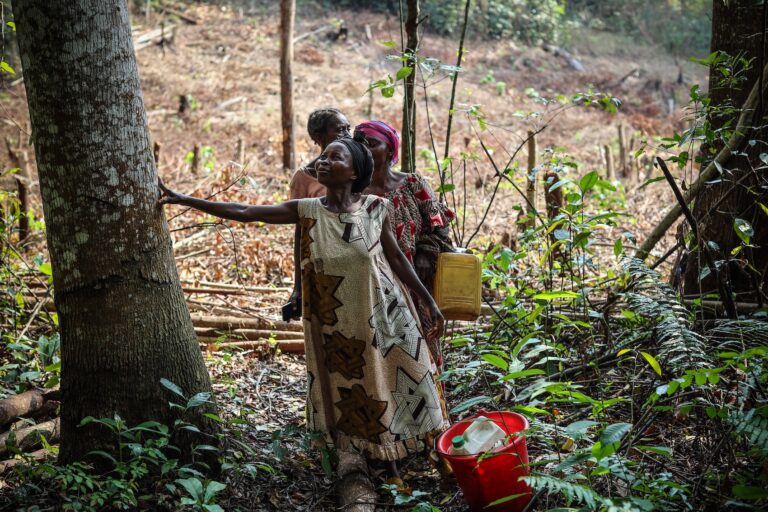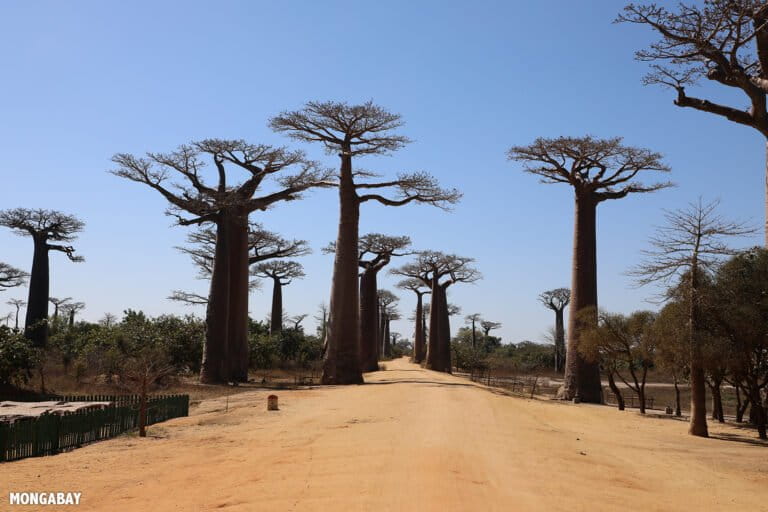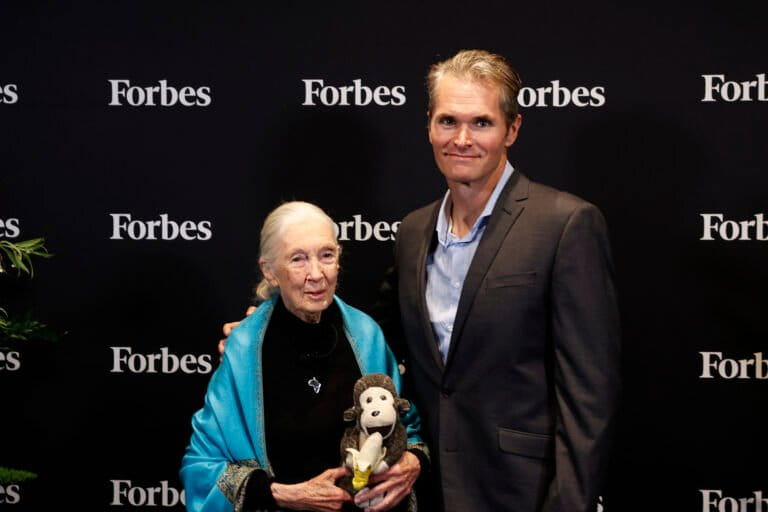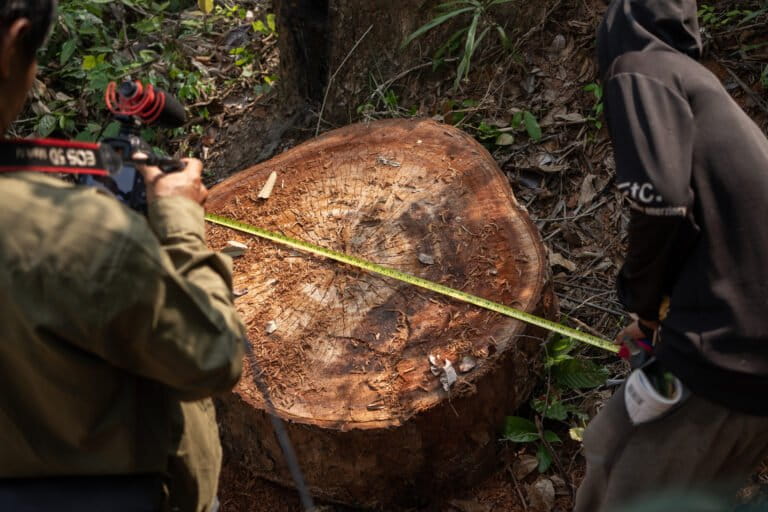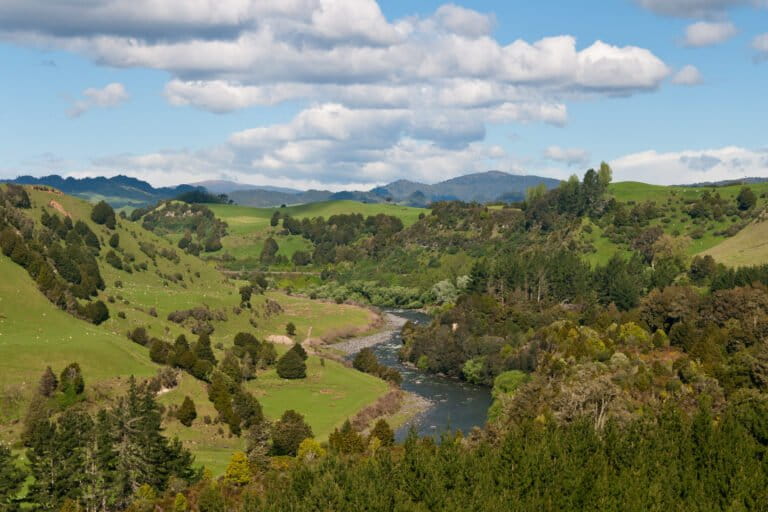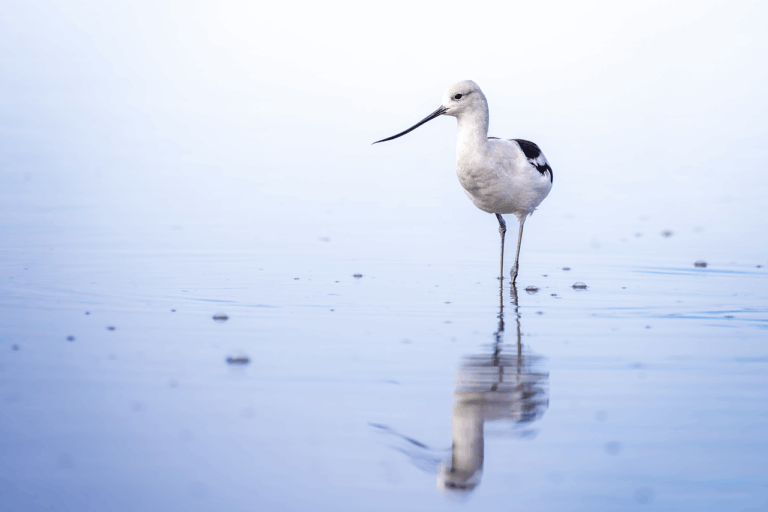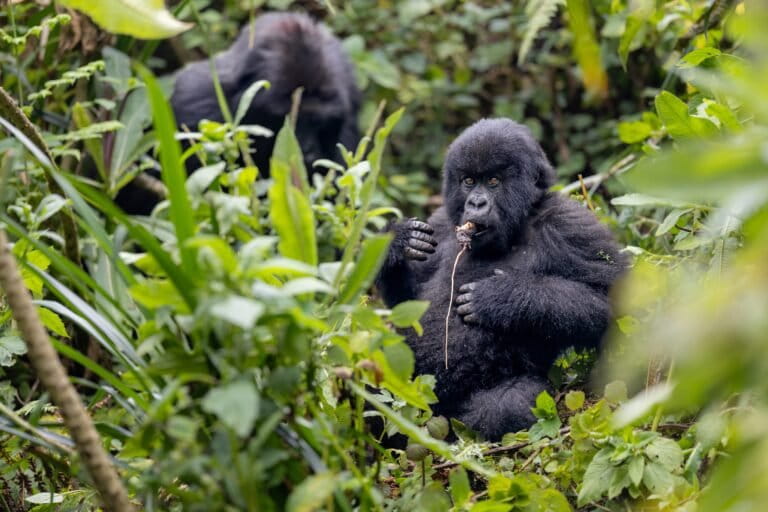On today’s episode, we welcome Mongabay founder and CEO Rhett Butler to discuss the biggest rainforest news stories of 2018 and what storylines to watch in 2019. He also discusses a new peer-reviewed paper he co-authored that looks at how bioacoustics can help us monitor forests and the wildlife that call forests home.
This year marks the 20th anniversary since Rhett Butler founded Mongabay. Subscribers to our new Insider Content Program already know the story of how he founded Mongabay.com two decades ago in his pajamas. At first, Mongabay was a labor of love that Rhett pursued in his spare time, after coming home from his day job. Mongabay has come a long way since then, with more than 350 contributors covering 50 countries and bureaus now open in India, Indonesia, and Latin America.
Overseeing this growing global environmental news service provides Rhett with a wealth of insight into the science and trends that are shaping conservation. He appears on the podcast to discuss his recent articles looking at the top rainforest stories of 2018 and the tropical forest trends to watch in 2019.
We’ve made great strides in monitoring tropical forests thanks to the use of satellite imagery, but remote sensing isn’t the best method for monitoring biodiversity. Rhett also discusses a recent peer-reviewed paper he co-authored that looks at how bioacoustics can be used to fill that gap. (The paper’s lead author, forest ecologist Zuzana Burivalova of Princeton University, appeared on the Mongabay Newscast in 2017 to play us some of the recordings informing her research and discuss her work with soundscapes and monitoring ecosystems. She was also the lead researcher behind our Conservation Effectiveness series.)
Here’s this episode’s top news:
- Japan leaving IWC, to resume commercial whaling
- Vietnam’s illegal ivory market continues to thrive, report finds
- Our most popular stories of 2018
Would you like to hear about the Mongabay team’s long list of snake bites, or learn which huge mammal chased our Program Manager up a tree? Have you ever wondered about the origins of Mongabay, and how we got that name? We now offer Insider Content that gives members exclusive access to behind-the-scenes reporting and stories from our team. For a small monthly donation, you’ll get answers to questions like these and support our work in a new way. Visit mongabay.com/insider to learn more and join the growing community of Mongabay readers on the inside track.
If you enjoy the Mongabay Newscast, we ask that you please consider becoming a monthly sponsor via our Patreon page, at patreon.com/mongabay. Just a dollar per month will really help us offset the production costs and hosting fees, so if you’re a fan of our audio reports from nature’s frontline, please support the Mongabay Newscast at patreon.com/mongabay.
You can subscribe to the Mongabay Newscast on Android, the Google Podcasts app, Apple Podcasts, Stitcher, TuneIn, RSS, Castbox, Pocket Casts, and via Spotify. Or listen to all our episodes via the Mongabay website here on the podcast homepage.

Follow Mike Gaworecki on Twitter: @mikeg2001
FEEDBACK: Use this form to send a message to the author of this post. If you want to post a public comment, you can do that at the bottom of the page.
Transcript
Notice: Transcripts are machine and human generated and lightly edited for accuracy. They may contain errors.A transcript has not been created for this podcast.



